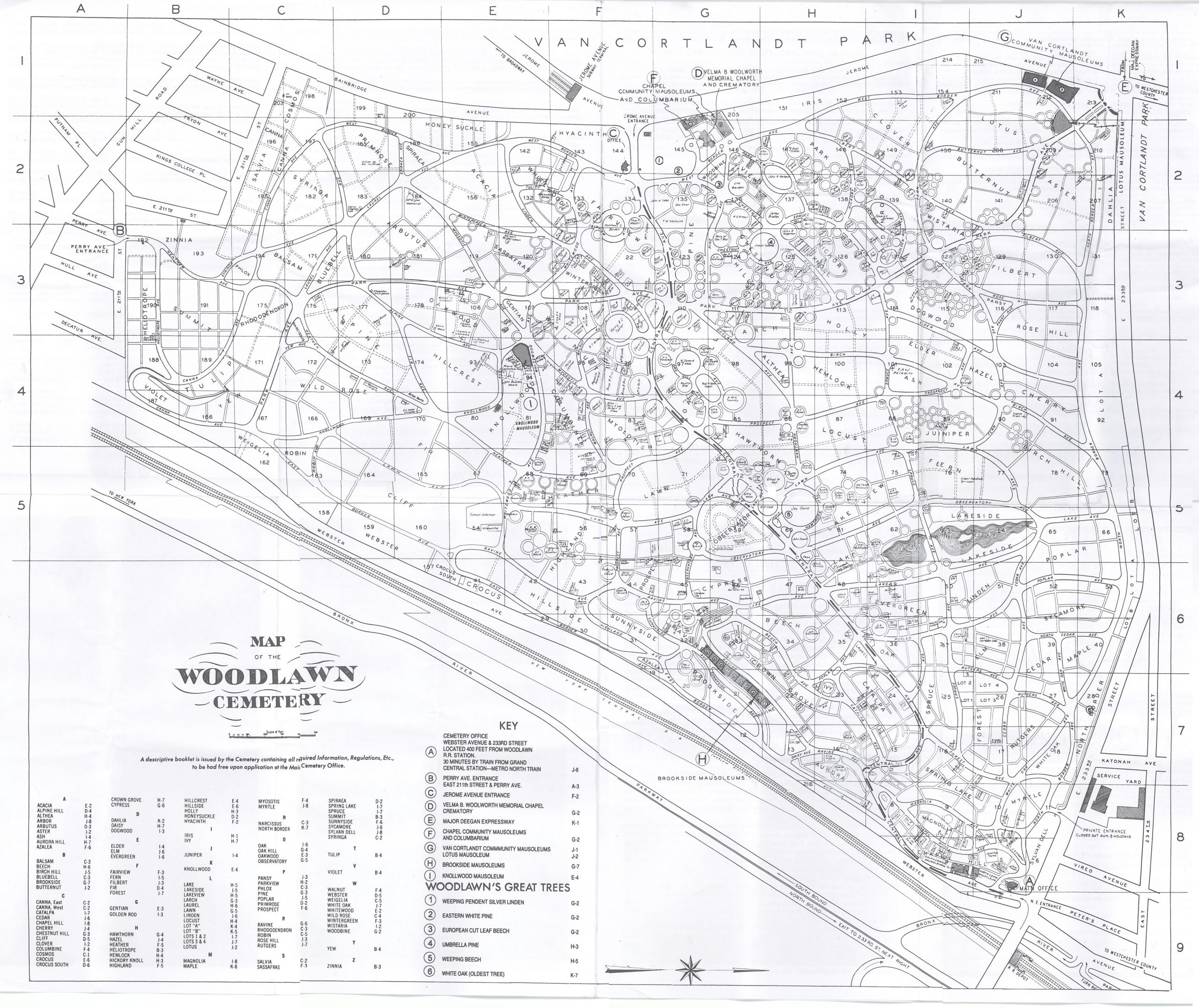Jay Gould
Birth Name:
Jason Gould
Birth Date:
May 27, 1836
Birth Place:
Roxbury, New York
Death Date:
December 2, 1892
Place of Death:
579 Fifth Avenue, Manhattan, New York
Age:
56
Cause of Death:
Tuberculosis
Cemetery Name:
Woodlawn Cemetery
Claim to Fame:
Business and Finance
Jay Gould was an American railroad magnate and financial speculator who is generally identified as one of the original Robber Barons of the Gilded Age. His sharp and often unscrupulous business practices made him one of the wealthiest men of the late nineteenth century. Gould made his fortune by controlling the price of the stocks he bought as well as the stock market itself. He traded in the stocks of his own companies, using banks he was associated with to finance his speculations, all the while bribing legislators and judges. From 1867 to 1872 he was a power and a terror on Wall Street. Gould was an unpopular figure during his life so much so that his funeral was sparsely attended.
Fun Fact
When Jay Gould died, his will also turned out to be not what was expected from men of great wealth. All of the $72-million estate was left to his six children. Not a dime went to anyone outside the family, leaving nothing for servants, charities or public institutions.
Cemetery Information:
Final Resting Place:
Woodlawn Cemetery
4199 Webster Avenue
Bronx, New York, 10470
USA
North America
Map:

Grave Location:
Lake View, Section 60, Gould MausoleumGrave Location Description
From the Jerome Avenue entrance, continue straight on Central Avenue for about 0.4 miles. You will come to two small roundabouts and a very large roundabout on your left. Jay Gould is located in the big mausoleum in the middle of the big roundabout on the left surrounded by a massive open lawn area.
Grave Location GPS
40.890986, -73.871050Photos:
[+]
[+]
[+]
[+]
[+]
[+]
[+]
[+]
[+]
[+]
[+]
[+]
[+]
[+]
[+]
[+]
[+]
[+]
[+]
[+]
[+]
[+]
[+]
Read More About Jay Gould:
- Wikipedia Entry
- Biography of Jay Gould, Notorious Robber Baron
- The Dark Genius of Wall Street: Jay Gould
- The “Black Friday” Gold Scandal
- History House - Jay Gould mansion on Fifth Avenue
- Jay Gould's Private Rail Car - Excelsior House Hotel
- Jay Gould: One of America’s most notorious robber barons
- Black Friday, September 24, 1869
Videos Featuring Jay Gould:
See More:
Back to Top






